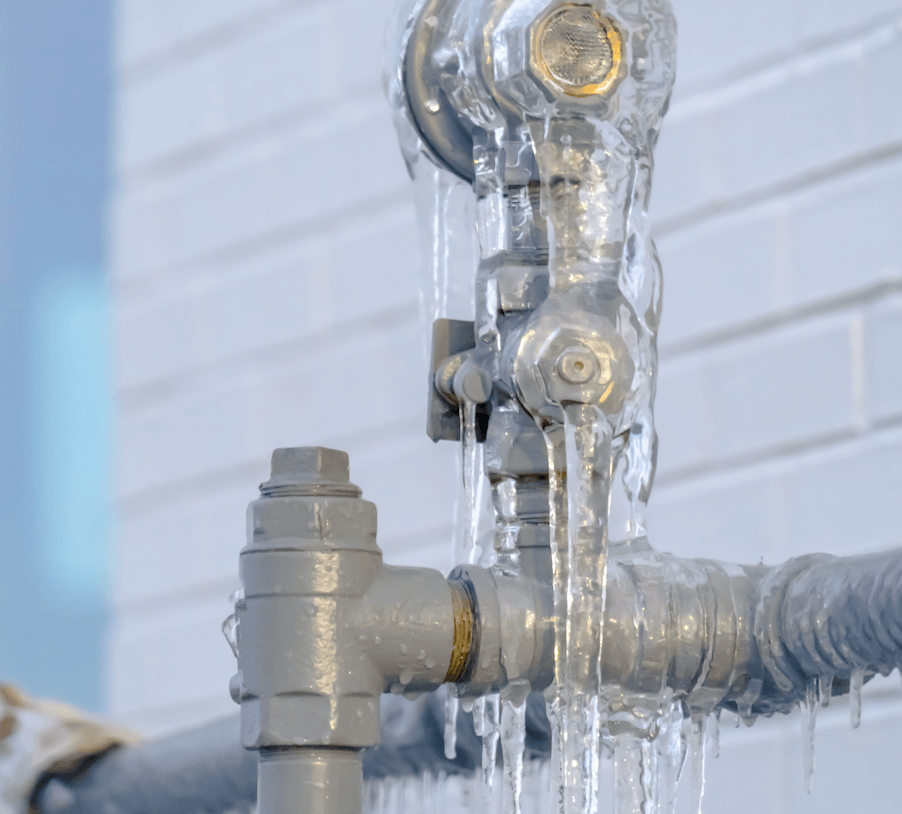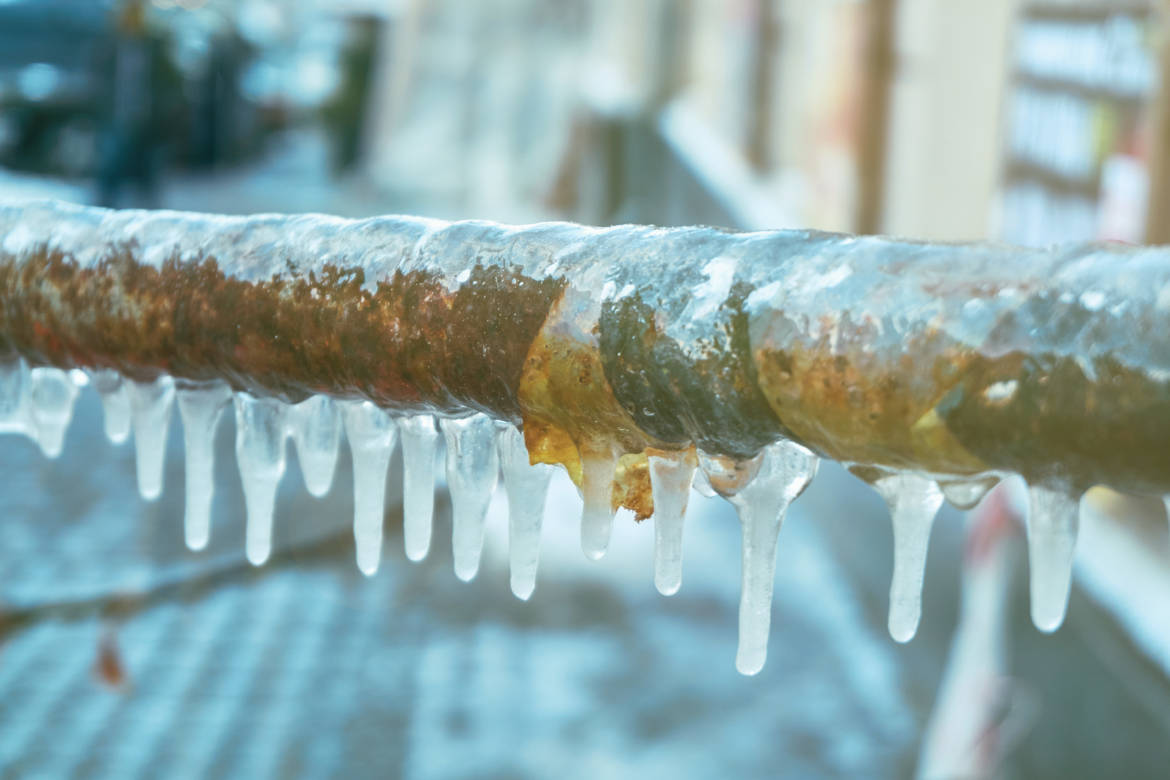Avoiding Frozen Plumbing in Cold Weather: Expert Tips
Avoiding Frozen Plumbing in Cold Weather: Expert Tips
Blog Article
Nearly everybody has their personal rationale when it comes to Helpful Tips to Prevent Frozen Pipes this Winter.

Cold weather can damage your pipes, particularly by freezing pipelines. Here's just how to prevent it from occurring and what to do if it does.
Intro
As temperatures drop, the threat of icy pipelines increases, potentially causing pricey repairs and water damage. Recognizing just how to stop icy pipelines is crucial for homeowners in cold environments.
Understanding Icy Pipes
What causes pipes to freeze?
Pipelines freeze when revealed to temperatures below 32 ° F (0 ° C) for expanded periods. As water inside the pipelines freezes, it expands, taxing the pipe wall surfaces and potentially triggering them to burst.
Dangers and damages
Icy pipelines can cause supply of water disturbances, residential property damage, and expensive repair services. Ruptured pipelines can flooding homes and create comprehensive structural damage.
Indications of Frozen Pipeline
Determining frozen pipelines early can stop them from bursting.
How to identify icy pipelines
Try to find reduced water flow from faucets, uncommon odors or sounds from pipelines, and noticeable frost on exposed pipelines.
Prevention Tips
Insulating vulnerable pipelines
Wrap pipelines in insulation sleeves or utilize heat tape to shield them from freezing temperature levels. Concentrate on pipes in unheated or external areas of the home.
Home heating techniques
Maintain indoor areas properly warmed, specifically areas with pipes. Open up cabinet doors to enable warm air to flow around pipelines under sinks.
Shielding Outdoor Pipes
Yard hoses and outside taps
Separate and drain pipes garden hose pipes before winter. Mount frost-proof faucets or cover exterior faucets with shielded caps.
What to Do If Your Pipes Freeze
Immediate activities to take
If you presume frozen pipes, keep taps available to alleviate pressure as the ice thaws. Utilize a hairdryer or towels soaked in hot water to thaw pipelines slowly.
Long-Term Solutions
Architectural adjustments
Think about rerouting pipelines far from outside wall surfaces or unheated areas. Include added insulation to attics, basements, and crawl spaces.
Upgrading insulation
Invest in premium insulation for pipes, attics, and walls. Proper insulation aids preserve consistent temperature levels and reduces the threat of frozen pipelines.
Final thought
Preventing frozen pipelines needs positive steps and fast responses. By understanding the reasons, signs, and safety nets, property owners can shield their pipes during winter.
5 Ways to Prevent Frozen Pipes
Drain Outdoor Faucets and Disconnect Hoses
First, close the shut-off valve that controls the flow of water in the pipe to your outdoor faucet. Then, head outside to disconnect and drain your hose and open the outdoor faucet to allow the water to completely drain out of the line. Turn off the faucet when done. Finally, head back to the shut-off valve and drain the remaining water inside the pipe into a bucket or container. Additionally, if you have a home irrigation system, you should consider hiring an expert to clear the system of water each year.
Insulate Pipes
One of the best and most cost-effective methods for preventing frozen water pipes is to wrap your pipes with insulation. This is especially important for areas in your home that aren’t exposed to heat, such as an attic. We suggest using foam sleeves, which can typically be found at your local hardware store.
Keep Heat Running at 65
Your pipes are located inside your walls, and the temperature there is much colder than the rest of the house. To prevent your pipes from freezing, The Insurance Information Institute suggests that you keep your home heated to at least 65 degrees, even when traveling. You may want to invest in smart devices that can keep an eye on the temperature in your home while you’re away.
Leave Water Dripping
Moving water — even a small trickle — can prevent ice from forming inside your pipes. When freezing temps are imminent, start a drip of water from all faucets that serve exposed pipes. Leaving a few faucets running will also help relieve pressure inside the pipes and help prevent a rupture if the water inside freezes.
Open Cupboard Doors
Warm your kitchen and bathroom pipes by opening cupboards and vanities. You should also leave your interior doors ajar to help warm air circulate evenly throughout your home.

Do you really like reading up on How to prepare your home plumbing for winter weather? Create feedback further down. We'd be glad to hear your opinions about this blog posting. We are looking forward to see you back again in the future. Appreciated our blog posting? Please share it. Help another person find it. I am grateful for your time. Return soon.
Phone Report this page